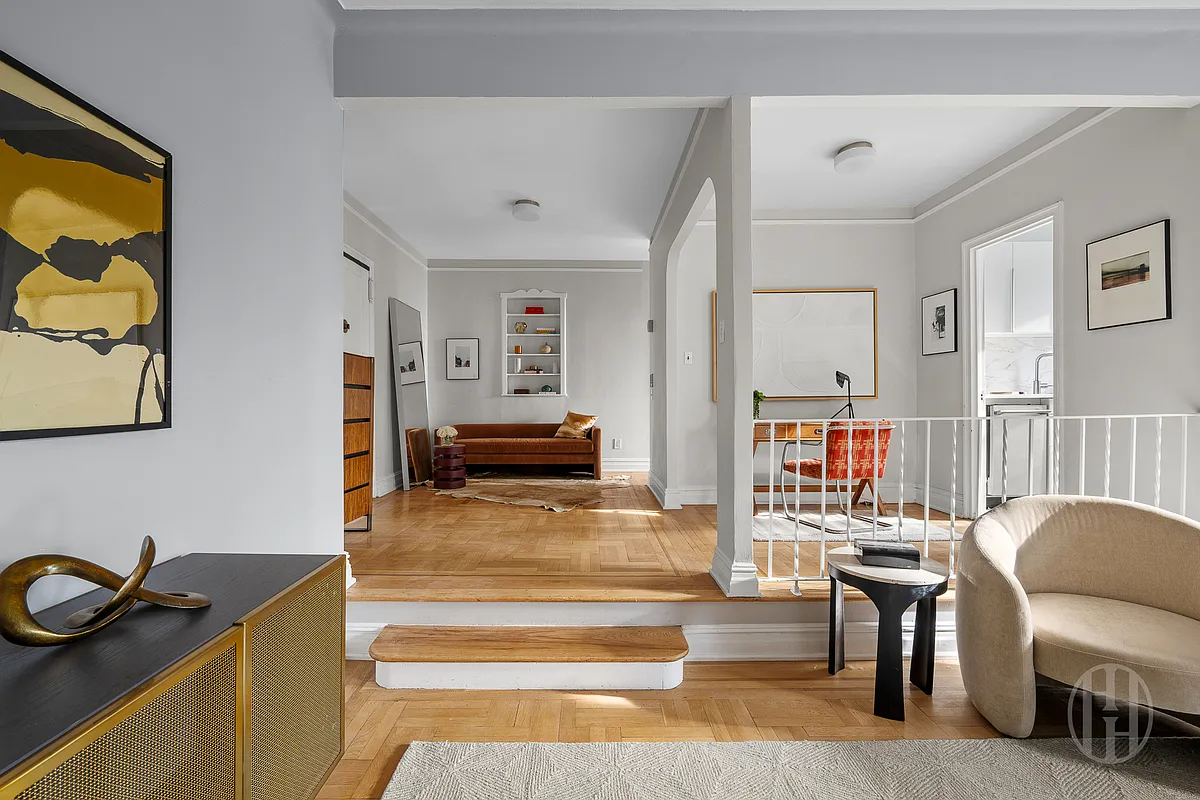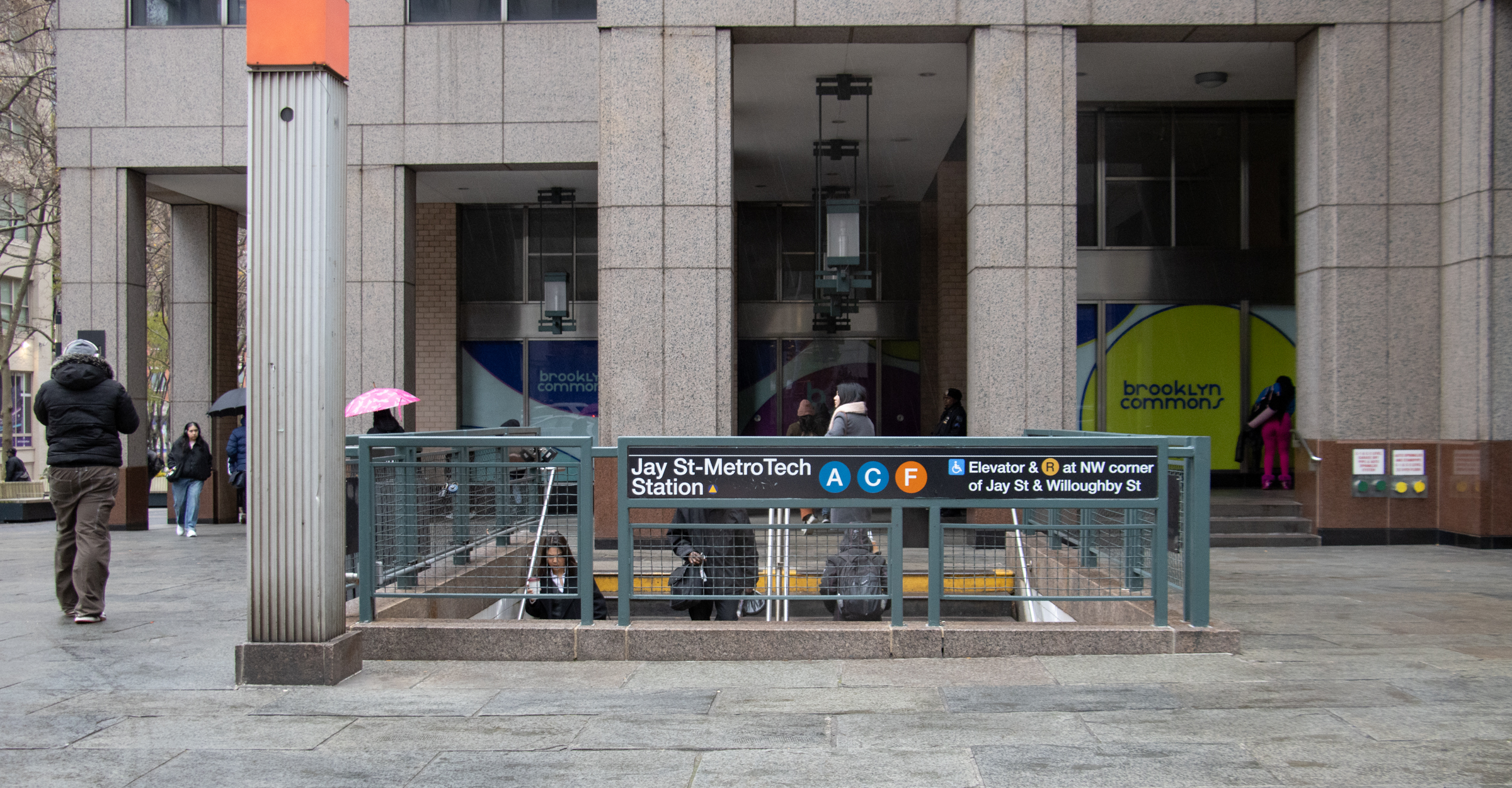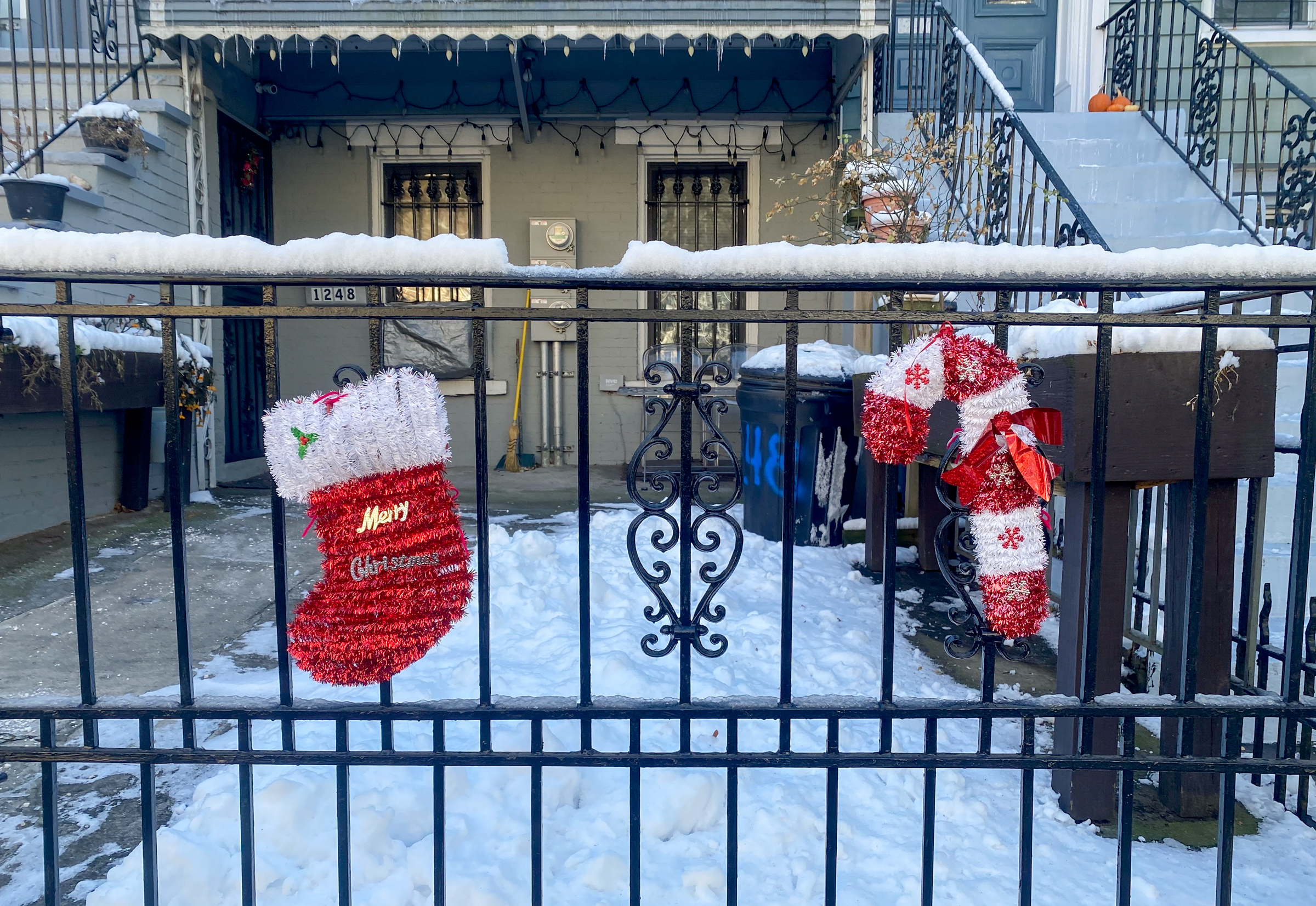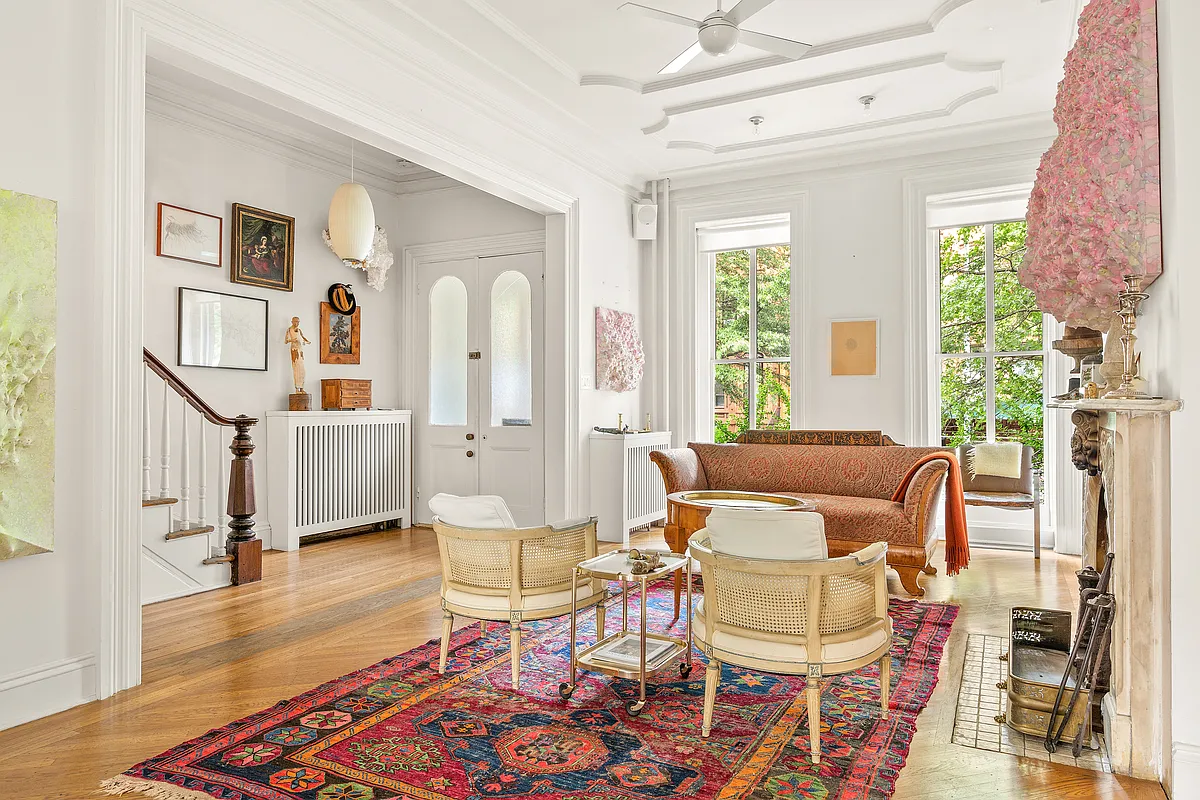Building of the Day: 135 Joralemon Street
The BOTD is a no-frills look at interesting structures of all types and from all neighborhoods. There will be old, new, important, forgotten, public, private, good and bad. Whatever strikes our fancy. We hope you enjoy. Address: 135 Joralemon Street, between Henry and Clinton Name: Private house Neighborhood: Brooklyn Heights Year Built: 1833 Architectural Style:…


The BOTD is a no-frills look at interesting structures of all types and from all neighborhoods. There will be old, new, important, forgotten, public, private, good and bad. Whatever strikes our fancy. We hope you enjoy.
Address: 135 Joralemon Street, between Henry and Clinton
Name: Private house
Neighborhood: Brooklyn Heights
Year Built: 1833
Architectural Style: Federal, with later porch and ironwork.
Architect: Unknown
Landmarked: Yes, part of the Brooklyn Heights HD, the first HD, landmarked in 1965.
Why chosen: For many people, if you had to put a building on the cover of a book about Brooklyn Heights, this would be it. Part of its charm is its location, not over in the older, northern part of the Heights, where clapboard houses are more common, but here, sandwiched between buildings of a much later date, a delightful remnant of an earlier time, when all of Brooklyn Heights was filled with Federal style clapboard houses and buildings. The earliest homes over in the Middagh Street area date from the 1820’s, this one is only ten or so years later, which still makes it one of the older buildings in the Heights.
It’s a wonderful two story, plus basement floor and attic, with twin dormers, clapboard siding, and a wide Italianate porch superbly ornamented by cast iron work that gives the house a Charleston or New Orleans flare. The porch and ironwork were added sometime in the middle 1800’s. Records show a Dr. John Haslett, a surgeon with the US Navy, living here in 1833, perhaps the first owner of the house. Brooklyn Heights had its ups and downs over the century, and by 1936, when photographer Berenice Abbott was documenting the buildings of Brooklyn, the house was looking a little worse for wear, but still had great dignity.
On New Year’s Eve, 2004, a devastating fire burned through the interior, and many feared the house was too far gone to restore. But it wasn’t anything a whole lot of money couldn’t fix. By 2008, the renovated house was the winner of the Landmarks Conservancy’s Lucy G. Moses Preservation Award. The line to get into the house during that year’s Brooklyn Heights House tour stretched for a block, showing that there is much interest in one of Brooklyn’s most iconic houses. That year it also was listed for almost $6 million. It went down in price by a couple million, but I don’t think Dr. Haslett would even be able to comprehend that much money. Who would have thought? I really like the shutters in the 1936 photo.

(Photo: Berenice Abbott, 1936. NY Public Library)

(Photo: Gotham Gazette, by way of Landmarks Conservancy)





“And since when do all buildings have to be the highest and best use for the lot? That’s a new one. If that were the case, the entire face of the city would suddenly change to shore to shore,high rise multi-unit apartment buildings, something out of Polemicist’s density driven dreams”
Montrose;
I find it difficult to have a discussion with you on these topics. Several points:
-If the idea of “highest and best” is a new one to you, then you need to do more reading into the area of real estate development. It is a fundamental phrase, often used, and is actually written as the duty of the city fathers in many charters. It is in fact the fundamental purpose of zoning regulations.
-where do I or thwackamole argue for higher density? We both argued that this lot should be developed to its potential under the current zoning laws. Thwackamole specifically pointed to the adjacent 4-story buildings as examples of how this lot should be developed. IN CONTEXT with the adjoining buildings – that is what we were advocating.
-as for the idea of the city suddenly being developed from “shore-to-shore” with high-rise apartment buildings:
a) I repeat: no one wa arguing for a change of zoning, we were arguing for the over-regulation of preservation. My area of Park Slope is not protected, but none of the brownstomes are being knocked down for redevelopment, because zonning doesn’t allow higher density.
b) is there an encampment of people outside the city walls that are waiting to invade the city and occupy all the high-rises that will bloom?
Do you wish to have a discussion of opposing ideas?
Thanks, Desecrator, I’ll check it out.
Why do we insist on either/or? There’s room for both.
My mistake, thank you North Hts.
“The earliest homes over in the Middagh Street area date from the 1820s….”
Actually there are at least ten surviving houses in the North Heights that are pre-1820, some as early as 1810.
quote:
I was always curious about its ownership and wondered why someone would let a historic property in such an expensive location go to ruin the way it did…
My stepmother grew up in a house on Pineapple Street during the Depression and World War II. Her mother died young and her father took in boarders who worked in the Navy Yard to supplement his small income and support himself and his 4 children. The house wound up in the hands of my stepmother’s sister and it was a wreck when she died (in her bed in the house). Houses that stay in the family are subject to whatever is going on in that family, which probably has a lot to do with the state of this house when it almost burned down. I think that’s what makes life so interesting in low-scale neighborhoods in Brooklyn–so many houses have the cumulative stories of the families who owned them and lived in them.
“CGar, I took this photo in 2009. Next time, I’ll send up a flare.”
A. What made you think I was referring to you, MM? Any number of people come to Brooklyn Heights without calling me or visiting me. Guilty conscience much?
2. You could’ve called me when you came to take the picture in 2009, too. Jussayin’
xo Happy Valentine’s Day, eSIL! And to your deadbeat tenant!
Benson – a factor of free market is consumer choice. Some people want to live in “run-of-the-mill” homes and some mutli-family dwellings. There is a market for all.
Montrose,
http://newyork.craigslist.org/mnh/wri/2212802482.html
you’d be perfect for it